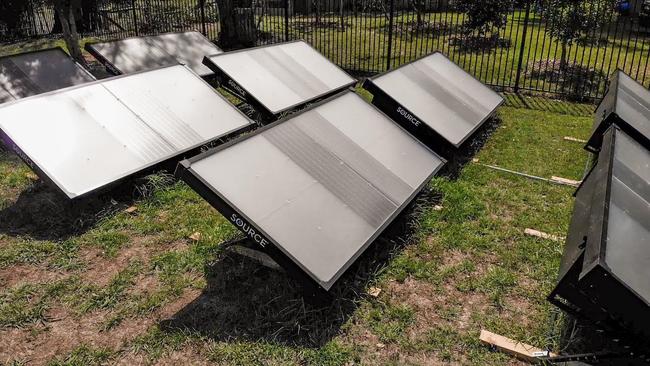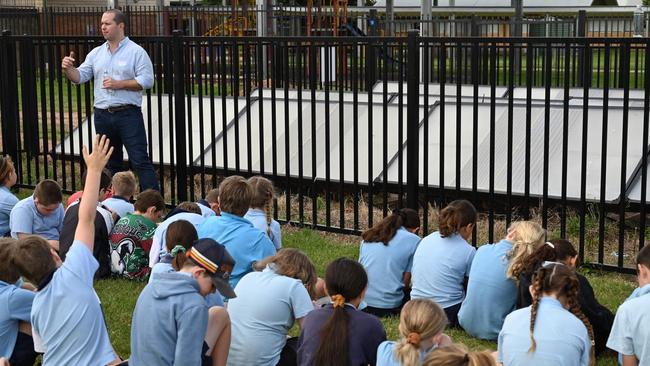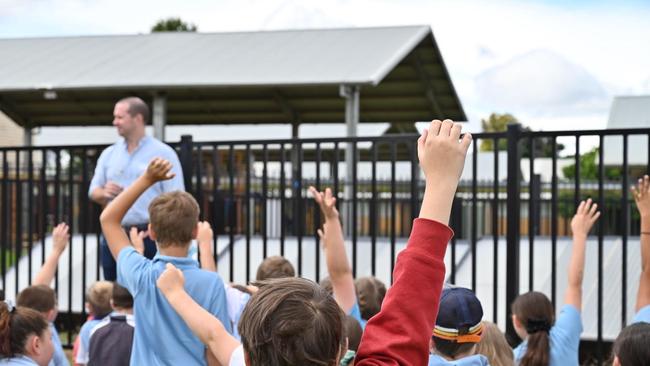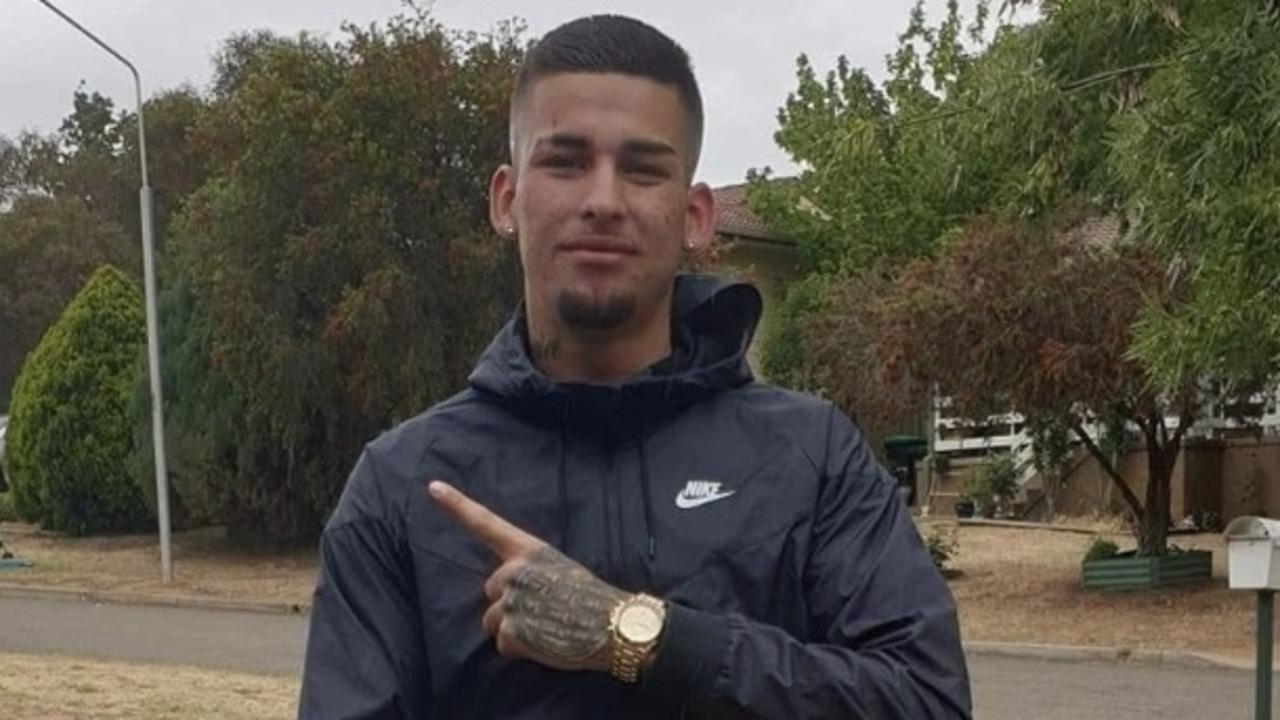Narromine Public School: Two-year pilot trial to create water deemed successful
A school in a drought-prone area of the state’s central west has used hydro technology to harvest clean drinking water without electricity. Read how the technology works.

Dubbo News
Don't miss out on the headlines from Dubbo News. Followed categories will be added to My News.
Students and teachers in the state’s central west have commended a pilot program after groundbreaking technology was able to harvest sun and air into clean drinking water for the drought-prone community.
Narromine Public School was one of 10 schools in the state to be involved in a two-year trial to convert air and heat without electricity into drinkable water with hydropanels.
Rob Bartrop, the chief revenue officer of company SOURCE, said the panels used advanced minerals which were generated from humidity and energy from the sun to “suck” water from the atmosphere while attracting moisture in the air.
“We then use thermal energy or heat from the sun to condense that, then add minerals and are then able to deliver water straight into a bubbler at the school,” Mr Bartrop said.
“Instead of extracting water from a bore or waiting for rainwater, we can harvest water renewably from the atmosphere using the abundant sunlight that we see in western NSW.

“We have seen places which can’t access water from taps and are relying on bottled water – we’ve shown that hydropanels offer a third option – which is far cheaper and more accessible than bottled water.”
He said the program had produced more than 500,000 plastic bottles worth of water across the state, with Narromine producing 10 to 50 litres a day.

“It’s constantly filling up, which is typically enough for the kids at Narromine to be filling up their water bottles in the mornings and afternoons,” he said.
According to the state government, 47 schools rely on bottled water, including Geurie Public School, Goolma Public School and Stuart Town Public School.
“Using hydropanels offers kids in rural and remote parts of NSW the same opportunity that people in Sydney and Newcastle get which is to drink water from the bubbler at school,” Mr Bartrop said.
He said the company planned to work with the government to provide drinking water to Indigenous and remote communities across the country.
“We understand that showers and toilets and other needs will be relying on tanks and bores but if we can transfer people drinking high sugary drinks or using a lot of plastic while saving, we see it as a good thing,” he said.



